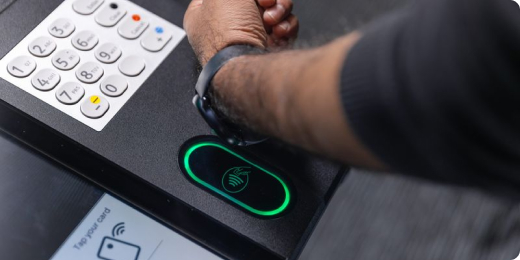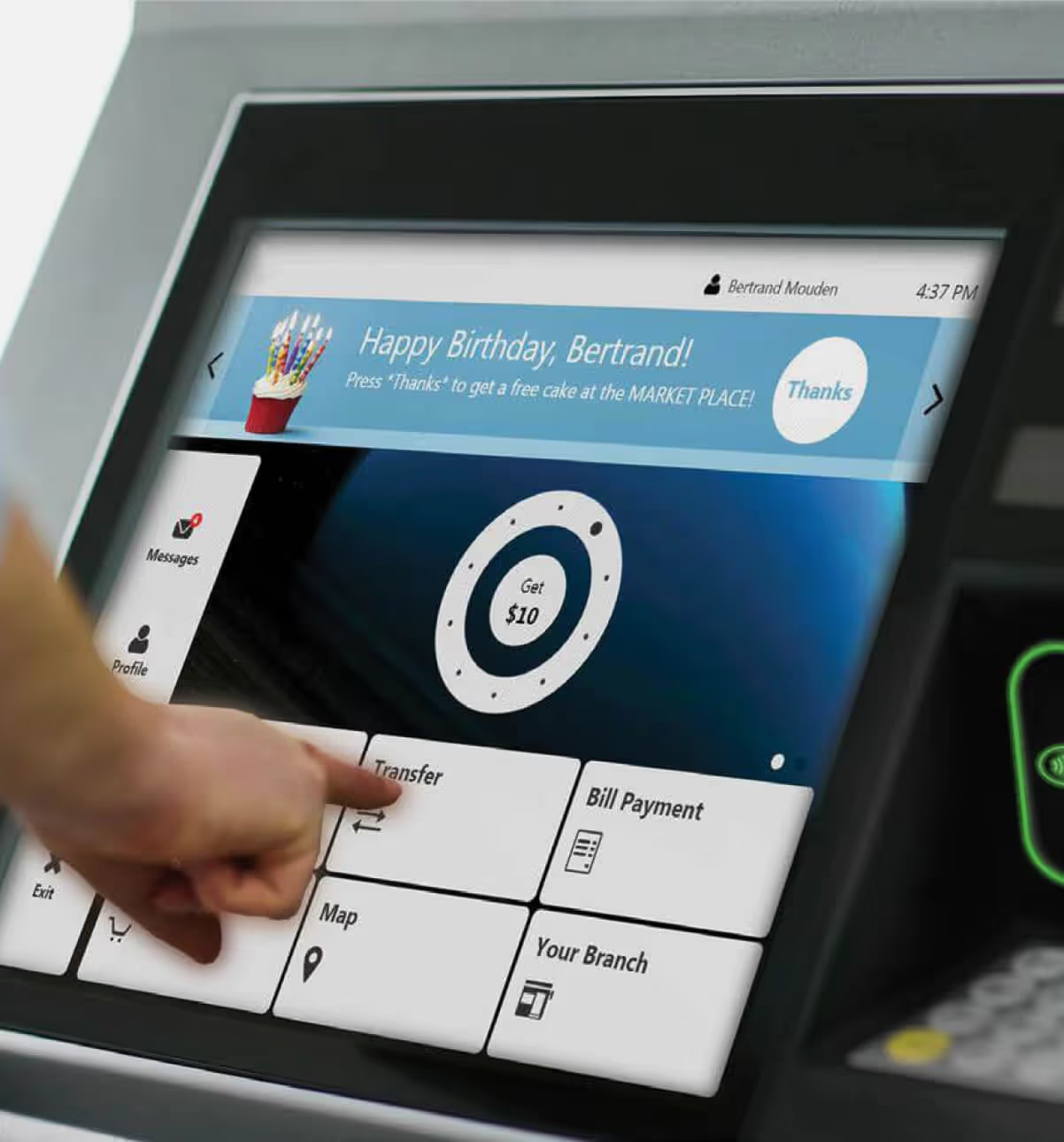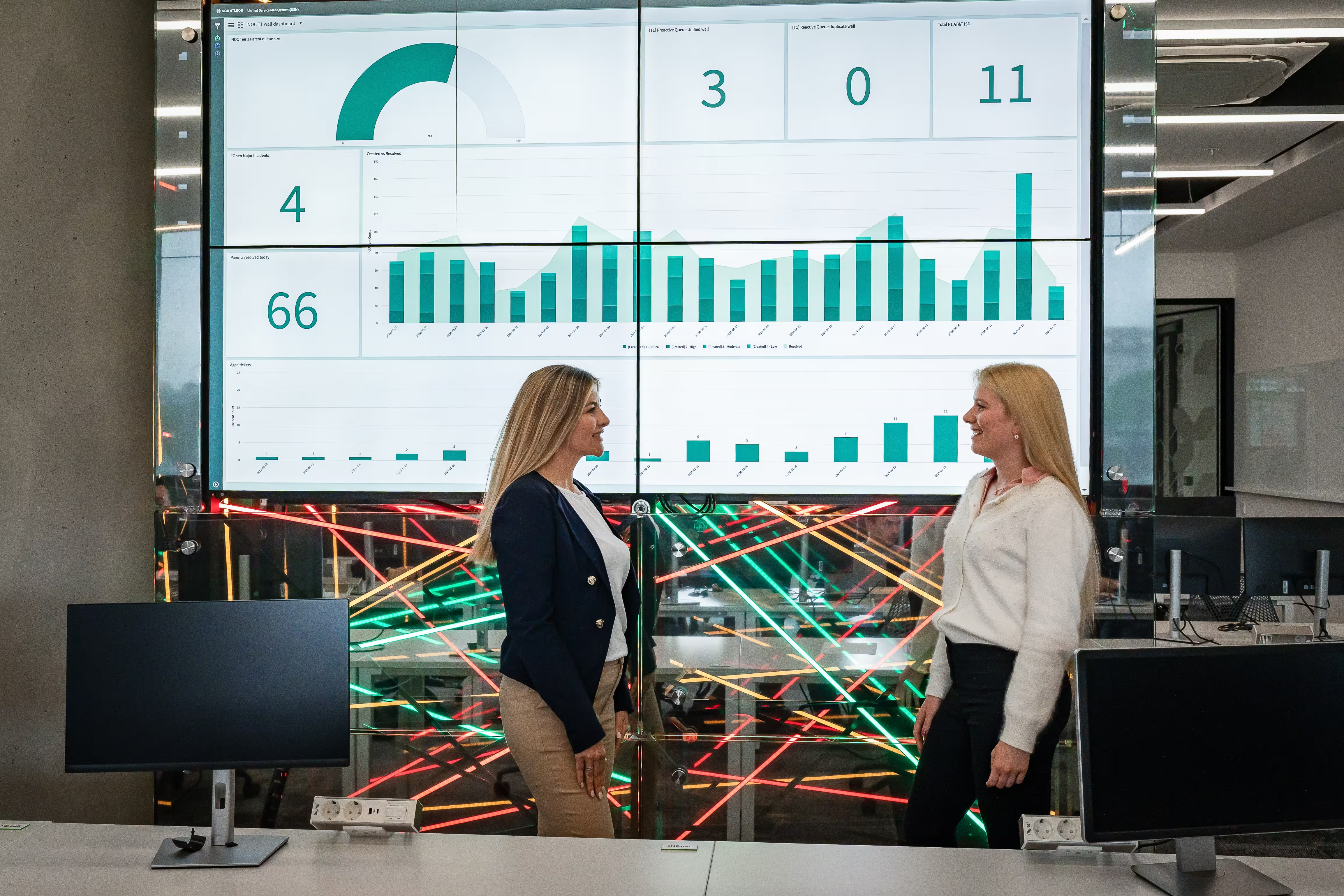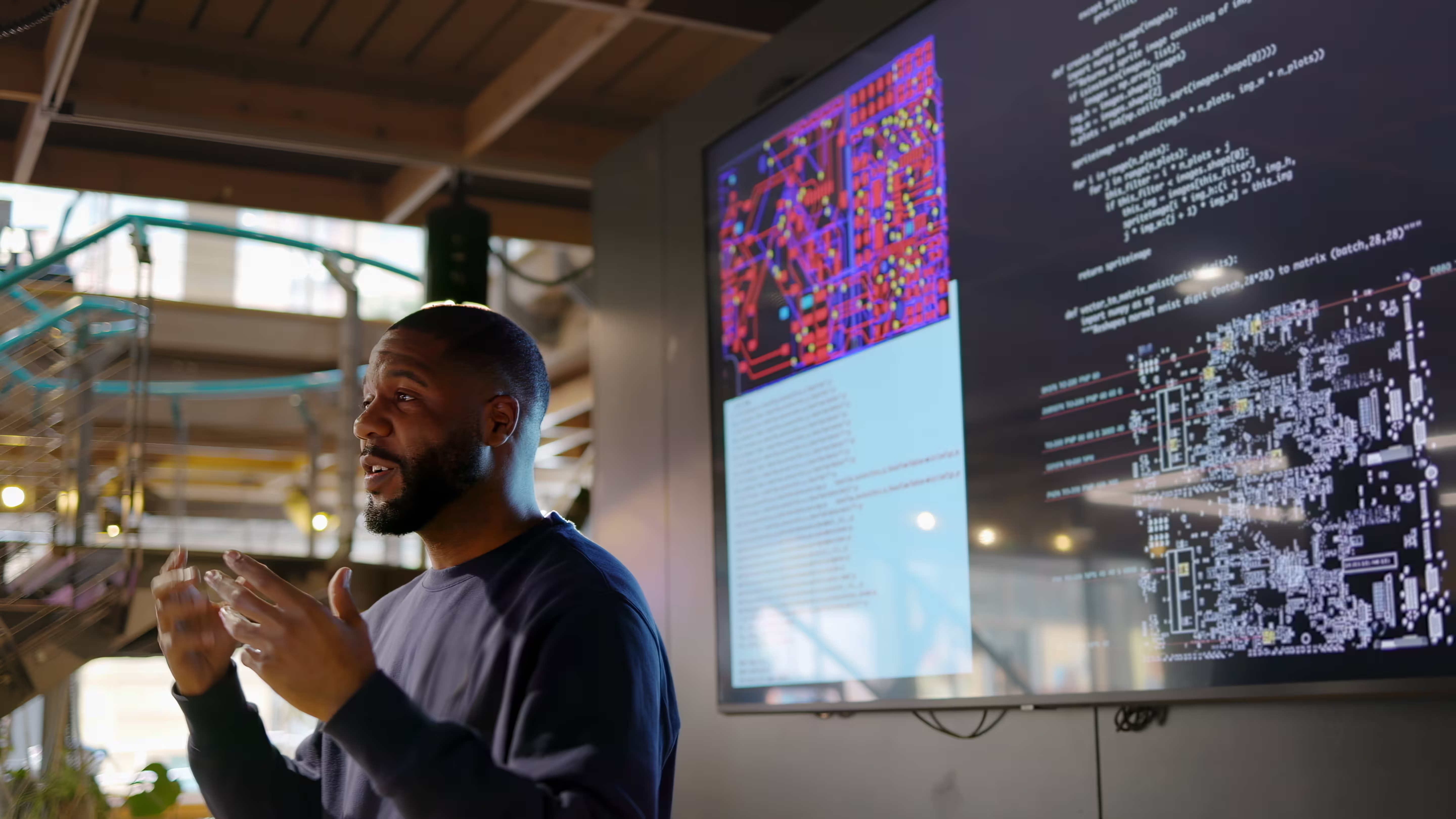How ITMs are creating a new playbook for self-service banking
For most financial institutions, the costs of maintaining and operating a physical branch are quite high. Those expenses include the employees, infrastructure, and resources it takes to just keep the lights on every day. Consequently, this means banks must prioritize high-value transactions such as applying for a loan or mortgage, financial planning, and more.
On a fundamental level, this means moving the branch from a low-value to high-value business. The first step to this is reallocating more resources to higher-value transactions and finding a way to automate those of lower value (such as cashing checks, making deposits, etc.)
However, this leads to many questions, including:
- How do banks move these transactions to automation?
- How do banks then maximize teller efficiency?
- Is there one solution that provides both?
We’ll discuss some solutions below.
Bridging the gaps with ITMs
As FIs move to close physical branches, interactive teller machines (ITMs) are being implemented in place of them. This transition comes with plenty of advantages for FIs as they move to automate routine transactions and save costs on overhead. Here’s a quick overview of some of those advantages.
Cardless transactions
If a customer loses their debit card, that customer can use another form of ID, such as a driver’s license, to verify their identity at an ITM. Once the customer’s identity is verified, they can still perform the transactions they want to and, depending on the features available at the ITM they’re using, they can even request a new card – and have it printed and delivered on the spot.
Expanded access to cash
Despite a gradual decline in usage in parts of the world, cash is still widely used in others – so much so that governments of countries like New Zealand are actively working to put more cash into circulation, store and trade it with banks, and keep checks on quality and authenticity.
Personalized service
If a customer has a more complex transaction or just has a question about something, they can connect directly with a financial expert through the ITM’s videoconferencing capabilities. This also helps with establishing customer trust when there’s hesitance about using an ITM for the first time.
Cost-effectiveness
As more branches close, the proliferation of ITMs continues. By automating routine transactions and minimizing the need for a physical branch, FIs have seen massive cost savings by converting ATM fleets to ITMs. Since 2019, ITM deployment saved an average of $150,000 in upfront costs per FI. This includes costs associated with physical staff, labor, construction, and more.
ITMs were developed in response to the increasing demand for digital self-service with access to live support. For many FIs, this presents a golden opportunity.
ITMs in action: How they boost profitability
Beyond the features and benefits listed above, FIs can get even more out of adding an ITM to their served community. They can extend branch hours, allowing customers to conduct transactions at more convenient times. The result? More profitability. FIs have reported as much as a 30% increase in deposits being made after hours when they add an ITM to their branch.
Additionally, the industry standard of every transaction is $4.50 when using a standard teller inside a branch. When using an ITM, that cost decreases to about $0.50 to $0.70 per transaction.
With ITM tellers, customers can get assistance from remote call center locations—or tellers working from their homes. Customers simply walk up to (or drive through) their FI branch or self-service station, enter their card and credentials, and are then paired with a teller who can access their account. This eases the burden on the local branch, extends operating hours, reduces waiting times and provides customers with the convenience and personalization of in-person banking services.
ITMs and the future of banking
Consumers can now use a wide variety of devices, wherever and whenever they want, to get access to their finances in a convenient and secure manner. And as technological advancements in verification services continue, such as biometrics and geolocation, customers can more safely bank from their homes, vehicles, branches or streets.
From the moment the first drive-up teller facility opened in 1946 through the proliferation of ITMs in modern times, the banking world has made significant advances in convenience. And, to stay competitive, FIs will need to continue to use more innovative, personalized services such as support via AI avatars to meet their digital-first, self-service demands.
Let’s explore what’s possible for your business. Our team is ready to connect and discuss tailored solutions that meet your goals.
Thank you for reaching out. A member of our team will be in touch shortly to continue the conversation.







%20(1).jpg)





%20(1).jpg)

%20(1).jpg)




%20(1).jpg)
%20(1).jpg)
%20(1).jpg)

%20(1).jpg)
%20(1).jpg)
.jpg)
.jpg)
.jpg)
%20(1).jpg)
.jpg)
.jpg)
.jpg)




.jpg)
.jpg)
.jpg)
.jpg)
